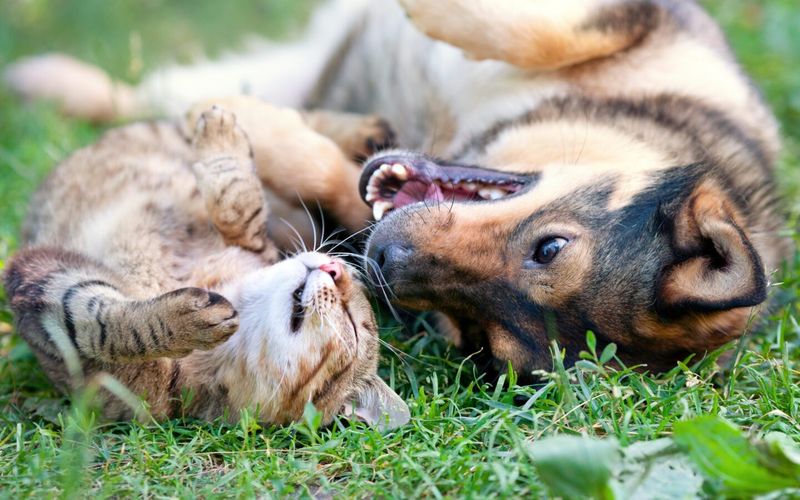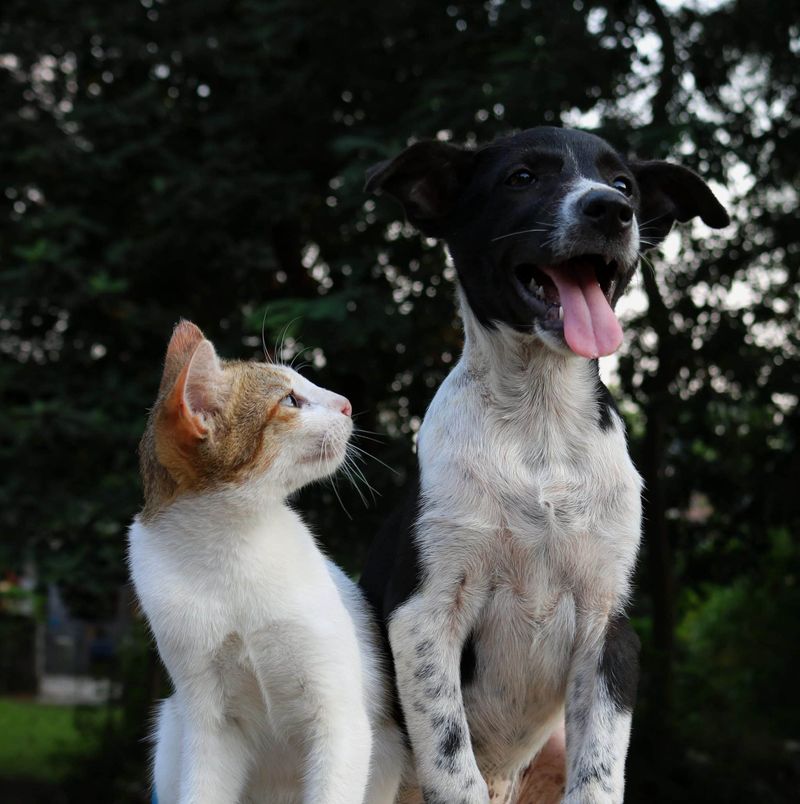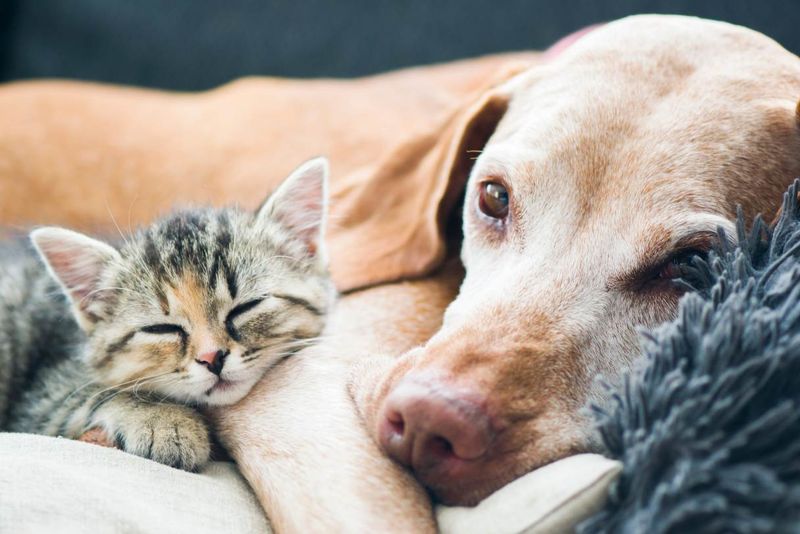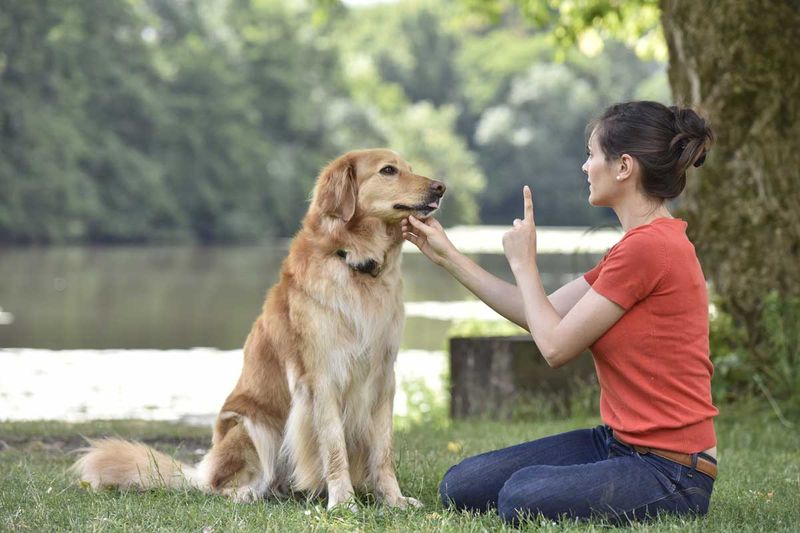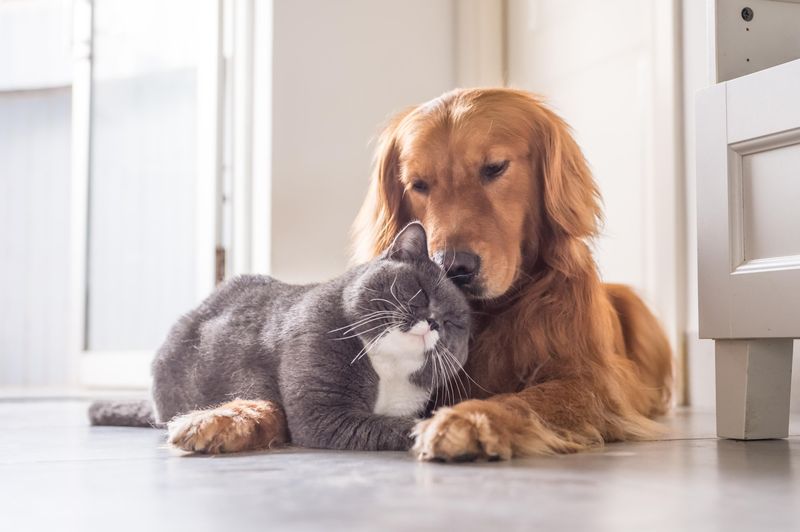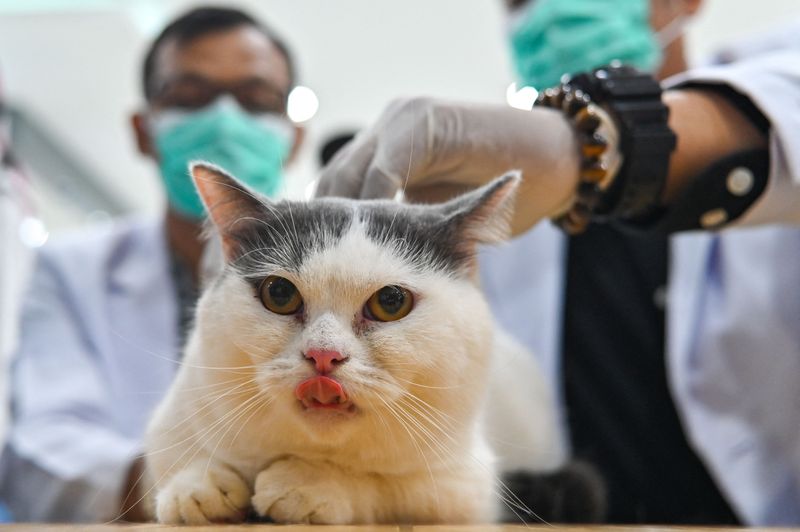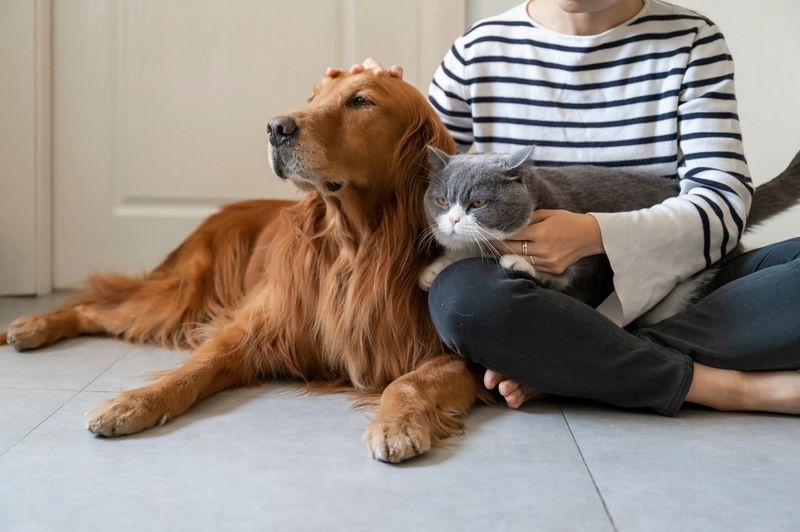📖 Table of Content:
- 1. Social Needs
- 2. Exercise Requirements
- 3. Grooming Habits
- 4. Dietary Preferences
- 5. Lifespan Variations
- 6. Nocturnal vs. Diurnal
- 7. Training Approaches
- 8. Territorial Instincts
- 9. Vocalizations and Sounds
- 10. Adaptability to Change
- 11. Health and Veterinary Care
- 12. Independent vs. Dependent
- 13. Behavior Towards Strangers
- 14. Bonding and Loyalty
- 15. Communication with Humans
- 16. Reaction to Discipline
Cats and dogs have been cherished companions for centuries, each bringing their own unique qualities to the table. While cats are often praised for their independence and quiet nature, dogs are known for their loyalty and energetic presence. These differences go beyond just behavior, impacting everything from care needs to the way they interact with their owners.
Choosing between a cat and a dog is not always an easy decision, as each offers distinct advantages and challenges. Some people may appreciate a cat’s low-maintenance lifestyle, while others might prefer the social engagement and active lifestyle that a dog provides. The contrast in their personalities and habits is what makes these two species so fascinating to observe.
Understanding the key differences between cats and dogs can help make the decision clearer, whether for potential pet owners or simply out of curiosity. These differences affect everything from their behavior in the home to their training and exercise needs. Taking a deeper look at how they compare can offer valuable insights into what each pet brings to the family dynamic.
1. Social Needs
Cats are often seen as solitary creatures, preferring independence over social interaction. They may enjoy being alone or spending time with a select few humans. Dogs, however, are pack animals that thrive on companionship and social interactions.
They often seek out attention and playtime with humans and other dogs. These social needs influence how they fit into different lifestyles. While cats can be more suitable for those who are frequently away, dogs may require more time and social engagement. Understanding these needs ensures a happy and fulfilling relationship with your pet.
2. Exercise Requirements
While cats are content with light activity, like chasing a feather or perching on a windowsill, dogs require more intense physical engagement. Cats typically get their exercise in small, spontaneous bursts, followed by plenty of rest. Dogs, on the other hand, are built for action and need daily walks, playtime, and regular physical activity to stay healthy and happy.
This difference can affect how much time and effort you need to invest in their care. Dogs may be ideal for active individuals, while cats suit those with busier or more sedentary lifestyles. Meeting these exercise needs promotes a healthy and happy pet.
3. Grooming Habits
Grooming is an essential part of a cat’s daily routine, as they carefully clean themselves with their tongues to stay tidy. This independent grooming behavior eliminates the need for frequent baths. Dogs, however, typically need their coats maintained through regular brushing or professional grooming, especially breeds with dense or long fur.
Regular brushing, bathing, and trimming may be necessary to keep dogs looking and feeling their best. Understanding these grooming habits can help pet owners provide the appropriate care. It ensures that both cats and dogs maintain healthy coats and good hygiene.
4. Dietary Preferences
As obligate carnivores, cats rely on a diet primarily composed of animal protein to stay healthy. They tend to have more specific, sometimes finicky, eating habits. Dogs, on the other hand, are omnivores and can enjoy a wider variety of foods, including meats, vegetables, and grains, giving owners more flexibility in their feeding choices.
Ensuring a balanced diet tailored to their unique needs is crucial for their health. Understanding these preferences helps in selecting the right food, whether commercial or homemade, to keep your pet healthy and satisfied.
5. Lifespan Variations
When it comes to lifespan, cats generally outlive dogs, often reaching their late teens or even early twenties. Their longevity is impacted by factors like genetics and proper care. Dogs, by contrast, have a shorter life expectancy, and their lifespan can vary greatly depending on breed, size, and health.
These differences in lifespan can impact the long-term commitment of owning a pet. Planning for their future needs, including healthcare and companionship, is essential. Understanding these variations helps pet owners make informed decisions about choosing and caring for their furry friends.
6. Nocturnal vs. Diurnal
Unlike dogs, cats tend to be more active at night, engaging in activities like hunting or playing when it’s dark. Their nocturnal nature may disrupt their owners’ sleep, requiring adjustments to routines. Dogs, on the other hand, follow a more diurnal pattern, aligning with the typical day-to-day schedule.
Dogs may fit better into families that maintain regular daytime activities. Understanding these activity patterns ensures harmony in the household. It helps in creating an environment that caters to their natural behaviors and promotes a balanced lifestyle.
7. Training Approaches
Training a cat can be quite different from training a dog. Cats are known for their independence and may not respond well to traditional training methods. They require patience and positive reinforcement. Dogs, on the other hand, are eager to please and can be trained using a variety of techniques. They often respond well to commands and thrive on structure and discipline.
Understanding these training approaches is key to successful pet ownership. Tailoring training methods to suit their personalities ensures a well-behaved and happy animal. Both cats and dogs can be taught valuable skills with the right approach.
8. Territorial Instincts
Cats and dogs display their territorial instincts differently. Cats are known to be territorial animals and may fiercely defend their space from intruders. They often mark their territory by scent marking or vocalizing. Dogs, however, view territory as a shared space with their human family.
They may patrol the area and alert you to any unfamiliar presence. These instincts can dictate how they interact with other animals and people. Understanding these territorial behaviors helps manage their environment and relationships. It ensures a peaceful coexistence with other pets and family members.
9. Vocalizations and Sounds
The sounds that cats and dogs make are distinctive and communicate their needs differently. Cats may meow, purr, or hiss to express various emotions. Their vocalizations are often softer and more varied. Dogs, on the other hand, use barking, whining, and growling to convey messages.
Their sounds tend to be louder and more direct. These differences in vocalizations can affect how they communicate with humans and other animals. Understanding their unique sounds helps in interpreting their needs and emotions. It fosters better communication and a deeper connection between pets and their owners.
10. Adaptability to Change
When faced with changes, cats can be quite sensitive and may take a while to adjust to new circumstances. Whether it’s a change in environment or routine, they tend to show more caution. Dogs, by contrast, are usually more adaptable and open to new experiences, tackling change with enthusiasm.
This adaptability can influence how they cope with moves, travel, or lifestyle changes. Understanding these traits ensures a smooth transition for your pet in different situations. It helps in creating a supportive environment that caters to their emotional needs and fosters comfort and security.
11. Health and Veterinary Care
The health needs of cats and dogs differ, with each requiring specialized veterinary care. Cats, for example, may experience common issues such as urinary tract infections or dental concerns that require consistent attention. Dogs are more vulnerable to conditions like hip dysplasia or ear infections, making regular vet visits essential for long-term health.
Their healthcare needs may vary depending on their breed and age. Understanding these differences ensures that each pet receives appropriate medical attention. It promotes a healthy and happy life, preventing potential health problems and ensuring longevity. Regular veterinary visits and tailored care are vital for their overall well-being.
12. Independent vs. Dependent
One of the defining characteristics of cats is their independent nature, often preferring their own company and entertainment. They are less likely to demand attention, finding ways to amuse themselves. Dogs, however, thrive on social interaction, constantly seeking out affection and connection with their owners. This fundamental difference can influence how you bond with your pet.
Cats may suit those who prefer a more hands-off approach, while dogs require more involvement and commitment. Understanding these traits ensures a compatible match with your lifestyle and enhances the bond with your furry companion.
13. Behavior Towards Strangers
When meeting strangers, cats tend to be more reserved and cautious, often watching from afar before approaching. They may take their time to assess new people, preferring to keep a safe distance.
Dogs, however, are usually more welcoming and eager to interact with visitors. They often greet strangers with enthusiasm and curiosity. These behaviors can influence how they fit into social settings. Understanding their reactions helps in managing interactions and ensuring comfort for both pets and guests. It fosters a positive experience and enhances their social skills.
14. Bonding and Loyalty
The way cats and dogs form bonds with humans can differ significantly. Cats may form attachments but often express their affection subtly. They might curl up nearby or purr softly. Dogs are renowned for their loyalty and often display overt signs of attachment.
They may follow their owners around and seek constant companionship. These differences in bonding can influence the emotional connection you share with your pet. Understanding these traits helps in nurturing a strong and loving relationship. It enhances the joy and fulfillment that comes from having a furry friend.
15. Communication with Humans
Cats possess a mysterious air, often communicating in subtle ways that require attentive observation. Their gentle purrs, delicate meows, and slow blinks convey affection, yet their independent demeanor often leaves humans guessing.
Dogs, on the other hand, are eager to connect, using a rich array of barks, whines, and wagging tails. Their expressive faces mirror their emotions, forming a bond through eye contact and attentive listening. While cats thrive on quiet companionship, dogs seek interactive engagement, fostering an unspoken understanding with their owners. The distinct communication styles reflect the unique social structures of these beloved animals.
16. Reaction to Discipline
Faced with discipline, cats often exhibit an air of indifference, maintaining their regal composure. Their aloofness can be puzzling, leaving one to wonder if the message got through. Dogs, conversely, display genuine remorse, their guilty expressions tugging at the heartstrings.
A subtle shift in tone or a gentle reprimand is enough to elicit a response. While cats may continue their antics unabated, dogs adjust their behavior, eager to please and restore harmony. These contrasting reactions showcase their divergent approaches to understanding human expectations.

